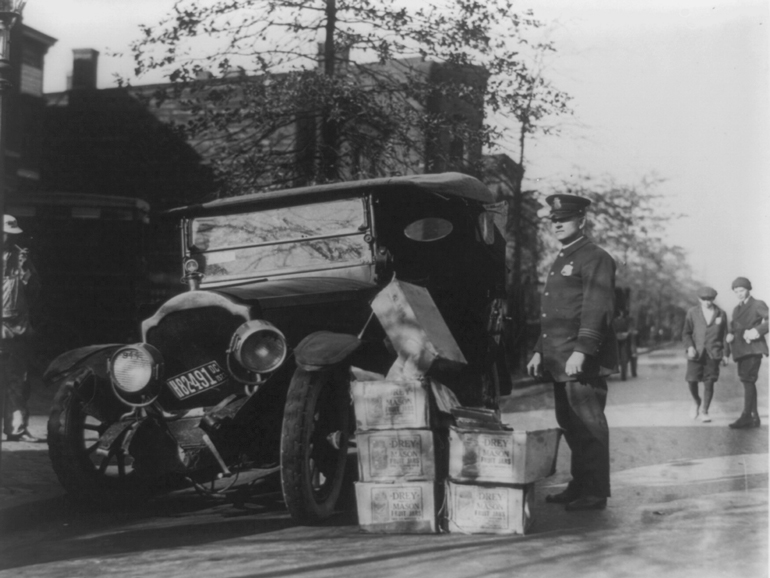
Celebrate ten years of Urban Omnibus and support ten more years of fresh, independent perspectives on citymaking with a donation today!
Celebrate ten years of Urban Omnibus and support ten more years of fresh, independent perspectives on citymaking with a donation today!
Books about transportation tend to come in one of three flavors: whimsical children’s stories with talking trains, photographic explorations for amateur enthusiasts, or technical works by and for engineers, economists, or urban planners. Even though many transportation titles for adults skew toward the technical, an advanced degree isn’t needed to understand how travel is tied up with going to school, seeking medical services, searching for jobs, or visiting relatives. Transportation structures our daily lives, and plays a key role in shaping the built environment. Over the last century, the automobile has, by and large, recast American cities. Highway entrances and exits consume acres of land, while surface-level parking lots erode the street wall. Separation of land uses increased the distance between work and home, making driving a necessity in many parts of the country.
Without access to a car, those who depend on transit are excluded from the life of cities when fares increase, weekend service is cut, or routes disappear. Kafui Attoh expands the discussion about transportation equity and justice by invoking civil rights and equal access, and emphasizing how transit allows people to realize the richness of urban life regardless of race, class, gender, religion, or ability. In Rights in Transit, Attoh roots his claims in morality rather than functionalist arguments about the relationship between transit and real estate. When the Alameda-Contra Costa Transit District (AC Transit) proposed cutting bus service in California’s East Bay for the third time in a year, Attoh focused on how this loss of service would impact people’s daily lives. Attoh weaves the narratives of riders with theoretical insights on isolation and cities. Relaying the testimony of bus rider Karen Smulevitz at an AC Transit board meeting, he writes, “public transit was more than a lifeline… Of all ‘the civil rights that exist,’ she argued, ‘whether it is food security, housing, healthcare or education, the right of transportation is the most integral to each.’” Ultimately, Attoh asks AC Transit to listen to its users rather than being guided solely by budgets and cost-benefit analyses.
Sarah Seo, a legal scholar and historian, brings in court cases and the development of legal precedent to explain how the automobile reshaped society in Policing the Open Road. As more Americans purchased cars, she argues, judges reinterpreted old laws through the lens of the automobile, legislators enacted new driving regulations, and police chiefs around the country argued for more officers and greater powers. Why do the police have the right to stop someone for speeding, or any other traffic violation, without presenting a warrant? Why doesn’t the Fourth Amendment, which protects citizens against unreasonable searches and seizures, extend to cars? It was the combination of the automobile and prohibition that strained the limits of this right. Early court decisions held that stopping a vehicle without a warrant was tantamount to an arrest, and therefore unconstitutional. But to enforce prohibition, Seo explains, police needed the authority to stop and search automobiles suspected of transporting illegal alcohol without a warrant; otherwise, there was no legal way for the police to prevent suspects from just speeding away. Since the Supreme Court carved out this exception to the Fourth Amendment in Carroll v. United States in 1925, law enforcement has been granted greater discretion, leading to more traffic stops and an expansion of police presence in everyday life — felt most acutely by communities of color.
Rather than submitting to dominant paradigms within planning, engineering, and economics, Seo and Attoh enlarge the scope of what qualifies as a transportation book. Steven Higashide, on the other hand, works from the inside out. A transit advocate and researcher, Higashide makes the leap from ridership projections and corridor analyses to recognize the transformative potential of buses to improve people’s lives. Better Buses, Better Cities provides a guide to making the bus perform better so that riders can rely on it to get them to work, school, or medical appointments in a timely manner. When the bus is stuck in traffic or unable to adhere to its schedule, riders who can afford alternatives take them, leading to a cycle of disinvestment and diminishing service. However, as Higashide outlines, if transit officials invest in improvements like greater service frequency, network redesign, street priority, off-board fare collection, and a decent pedestrian environment, the bus can become a form of mobility that allows people greater access to the richness of urban life. “The particulars of better buses can sometimes feel granular, or technical, or bureaucratic,” he writes. “But each step to improve bus service represents a meaningful improvement in the lives of hundreds of people who wait at a particular bus stop, or the thousands who use a specific bus route, or the hundreds of thousands who ride the bus in a given city.” Be it a new bus rapid transit line, the demolition of an elevated highway, or the runaway costs of infrastructure projects, debates about transportation issues are strengthened by linking mobility with economic opportunity, social issues, public health, and the built environment. Once the connection is made, it becomes obvious that better transit allows cities to become sites of opportunity and hope for everyone.
The views expressed here are those of the authors only and do not reflect the position of The Architectural League of New York.

